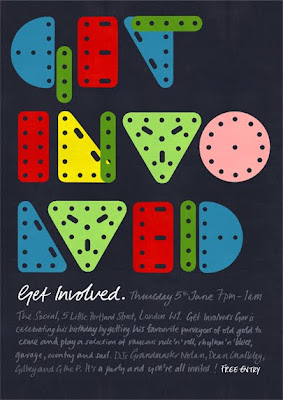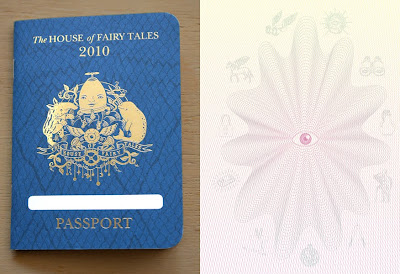 'The Cops Are Inside Us', Mike Mills.
'The Cops Are Inside Us', Mike Mills.It was when watching the art documentary 'Beautiful Losers', that I first became familiar with his work and how inspirational the street/skate culture was to so many artists at the time. The movement was motivated from the subcultures of the day (skateboarding, graffiti, punk), gaining the attitude to 'do it yourself.'
I chose this particular image because it shows how the spirit of the skate culture is clearly a part of the motive of Mike Mills's work, but the aesthetics and form seem to have matured. The element of rebellion and communication that sprung from graffiti/youth culture is still active, conveying a message to everyone that happens to pass. Much like the original street graffiti, 'the cops are inside us' is an antagonizing, possibly 'anticonformist' message, aiming to briefly take the viewer away from daily life and ponder the meaning and link to their own life. The only difference is that the writing is typed and on a billboard, which could make it seem more official, or from a reliable source. Which could raise the questions: if a message is graffitied by hand is it likely to have the same first impression? And is it easier to change things if you're part of an authority?









